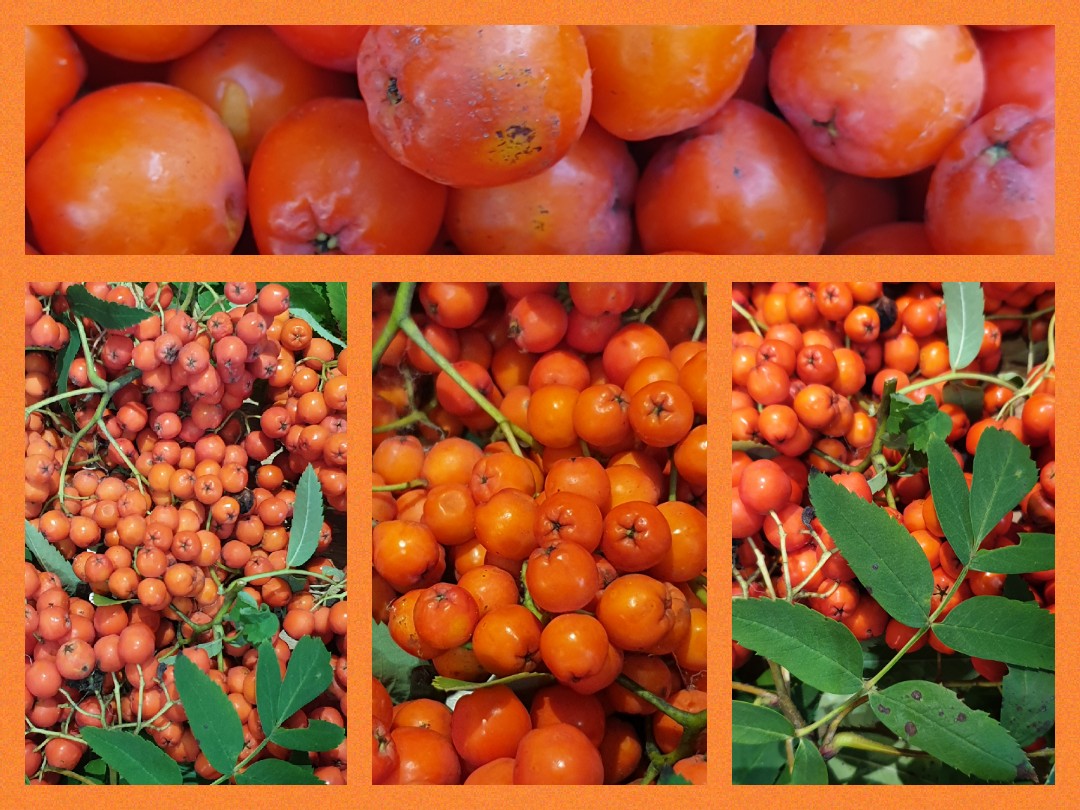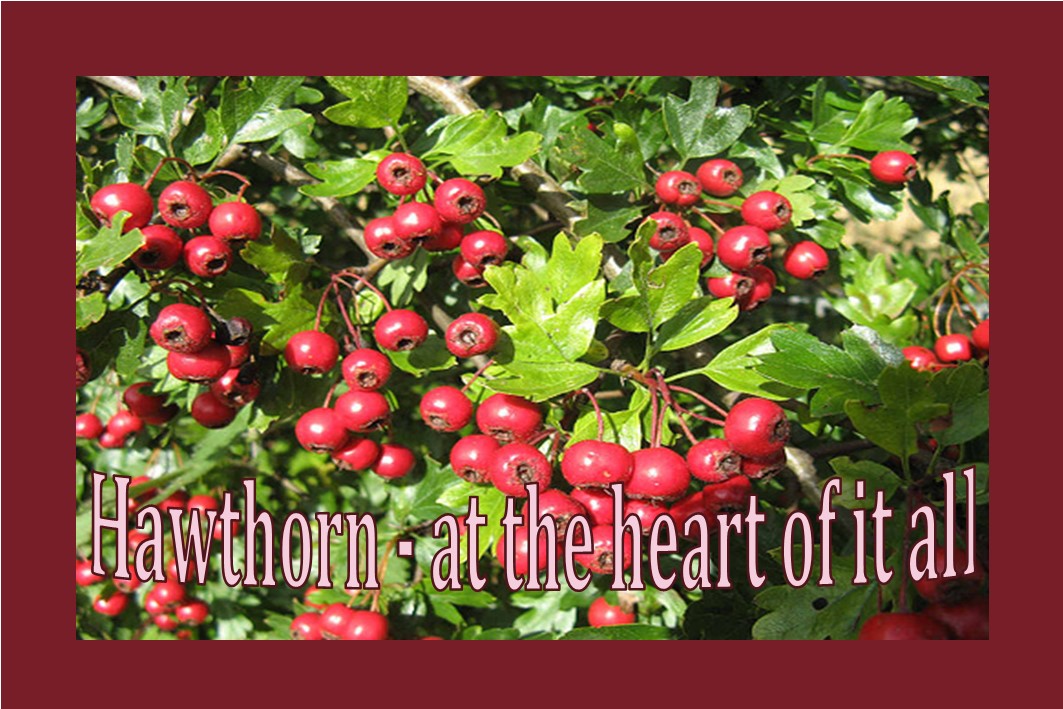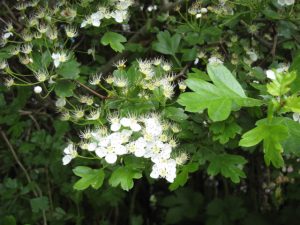
Those glorious clusters of richly orangey-red berries light up the gloomy skies and this year I am mightily drawn to them! This tree with its attractive berries carry folklore from many countries particularly as a protective plant. They are most effective against all forms of witchcraft. Carrying twigs in your pocket, using canes and making ships from the wood and many, many more notions will ward off the evil.
Sometimes, it is possible to find a root of the phantastical in something which science has uncovered to be surprisingly valid such as with elder and its potentially toxic constituents but with Rowan it is hard to see why it should be considered quite so auspicious. The hawthorn with a similar reputation is more obvious – it’s a heart drug of fine order and its protection of your house as well as your body? Well, that just makes sense.
The Rowan? For now, I cannot find the answer and the medicine appears not to be especially radical either. Peter Conway in his Tree Medicine book mentions sore throats and tonsillitis for the berries, leucorrhoea douches and sore throats for the bark. The fruits are reputedly nutritive as well as astringent and the bark simply astringent. Are we missing something here?
Culpeper makes no mention (unless I have failed to find the name by which he called it!) and Mrs Grieve suggests that the berries make great jellies for cold game or wild fowl but that their medicine is for haemorrhoids – the astringency – and as gargles for ailments of the throat.
A favourite resource, the PFAF website reminds us that the seeds of the rowan contain cyanogenic glycosides and that these become prussic acid (cyanide) when in contact with water. Hence Mrs Grieve’s suggestion of jelly not a jam. Strain out the seeds should you decide to make anything with them.
Perhaps the secret to these berries lies in the now-lost Welsh recipe for rowan-berry Ale?
To sate my curiosity, I shall dry a few berries and keep them for the fluey season and when the telltale warning of a prickly throat comes my way, as surely it will, I can brew them up and gargle away and find out whether that’s where their magic lies.

